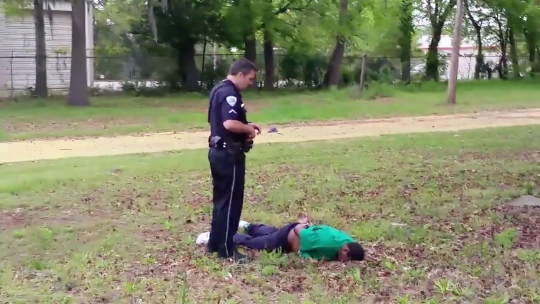When Feidin Santana recorded Walter Scott’s murder, his first thought was fear of reprisal from police. In an interview with MSNBC’s Chris Hayes, Santana said he was tempted to delete the video and move for his own safety. Though he ultimately gave the video to Scott’s family, who then turned it over to the press, he still fears reprisals. Like Scott’s family, Santana didn’t trust the police to do the right thing with the evidence, and why should he? He saw an officer, Michael Slager, shoot an unarmed man in the back, plant evidence on the body and stand calmly as fellow officers arrived at the scene and did nothing to help the dying man on the ground. Santana didn’t know who Walter Scott was, but he understood that what he had just witnessed was a crime committed by an officer of law, who would then go on to lie about what had happened in order to cover up a murder.
The story of Walter Scott’s death sounds like fodder for a “ripped from the headlines” TV episode. This must be a fluke, a freak occurrence, the exception to the norm. In a way, it is. Certainly the majority of police officers aren’t shooting unarmed people in the back and lying about what happened. But when it comes to police officers shooting citizens, the data gets murky. The United States has no central database of police shootings, much less of police misconduct. Yet the most publicized cases highlight the reality that it is never just the actions of one officer that contribute to a climate of widespread mistrust. And citizens can hardly be expected to come forward when officers can write a report saying that CPR was performed when it wasn’t, or drop a Taser near the victim to support a false story.

